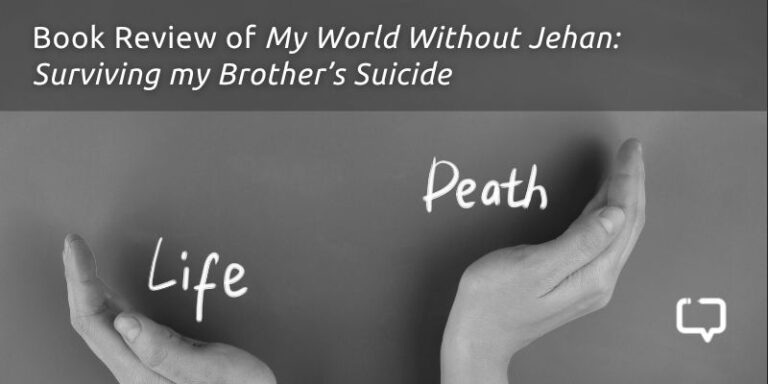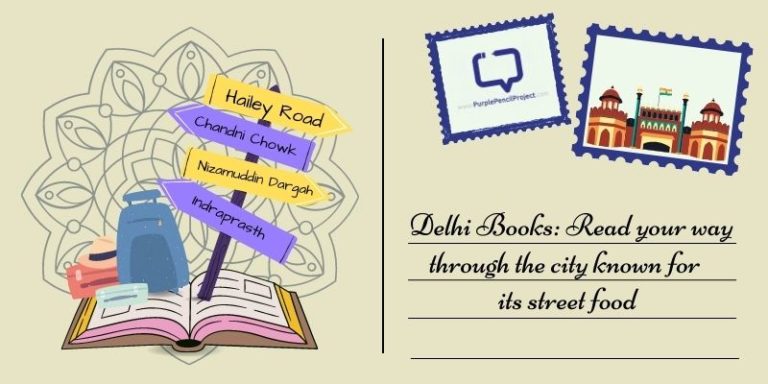‘Prakruti Maniar from Team P3 was in conversation with Aparna Chandra and Sital Kalantry, the author duo behind the must-read title Court on Trial: A Data-Driven Account of the Supreme Court of India (Penguin Random House, 2023) at the Jaipur Literature Festival, 2023.
Aparna Chandra, an expert in Indian constitutional law, and Sita Kalantry, an expert in comparative law, are deeply passionate about making the Indian court and its processes accessible to the general population. Their book tries to demystify the data behind Supreme Court proceedings and to make the layperson better equipped with understanding the challenges that plague the Indian legal system today. Our fascinating conversation encompass the decision to publish the book with a mainstream publisher, the discrepancies and disadvantages created by arcane systems and languages, and a lack of communication between the legal and the common world. Excerpts:
In Conversation With Aparna Chandra and Sita Kalantry
Prakruti Maniar: You mentioned earlier that you wanted to validate discussions and data you know about the Supreme Court and put them together in a book. There was a 10-year research period, which is even beyond PhDs, sustaining the freshness of outlook and keeping up with many developments along the way. What inspired you to write this book, especially in the trade publication format with Penguin, and how was the research process?
Sital Kalantry: The Supreme Court of India is one of the most important courts in the world in terms of jurisdiction. Twenty per cent of the world’s people are under its jurisdiction. Yet nobody has undertaken the kind of study that we have undertaken. This field is called empirical legal studies in the United States, and the law school I attended was one of the places where it was founded. There are court studies worldwide, and we wanted to determine what the Indian court is doing.
The Supreme Court of India is one of the most important courts in the world in terms of jurisdiction. Twenty percent of the world’s people are under its jurisdiction. Yet nobody has undertaken the kind of study that we have undertaken.
– Sital Kalantry
Whenever I come to India, I open the newspaper. And I see the Indian Supreme Court, page one. Page two, Indian Supreme Court. Given that, I feel that the Indian population doesn’t know how many judges the Supreme Court has. How does it appoint itself? How many PILs is it doing? These are just basic questions of functioning. Even though people know about individual cases, they don’t know why the particular case was decided this way, possibly because the Chief Justice of India appointed a bench in a certain way. We wanted to ask those questions, and we found out a trove of information through our wonderful co-authors that we published in this book.
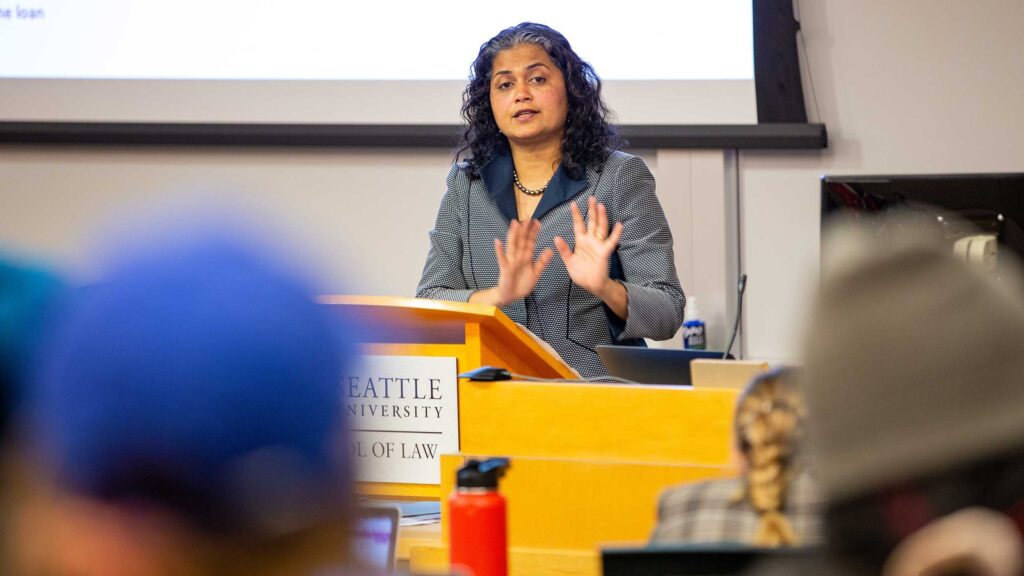
Aparna Chandra: About the format of the publication, it was a very intentional choice to go with the trade publication. We have data backing this book, and we’ve written many academic articles on it. Still, when it came to writing a book, we had an impulse to take this to the general public.
Some of what we present is spoken about on the inside. But these are anecdotal things. There is this one case where the judge said this, this happened, that happened. It’s anecdotal. It’s a one-off, etcetera. There’s no evidence. The second thing is, while insiders might know, the public, the biggest stakeholder, doesn’t, right? So, going to Penguin and publishing with a trade publisher in this accessible style was to ensure this became part of a general conversation.
We had an impulse to take this to the general public… So, going to Penguin and publishing with a trade publisher in this accessible style was to ensure this became part of a general conversation.
– Aparna Chandra
It’s more of a citizen-focused conversation. If you look at our ultimate solutions as well to the problems that we highlight, it’s about how we make the court more transparent and accountable. Accountable not just to the court but also to the public by having transparent standards and processes that the public can look at and judge and say whether the court is performing its role.
Prakruti Maniar: There is something about the legal language that a lay reader takes time to get through. You both are academics who have written academic papers, which would have far more legal jargon in a different, sophisticated style. Were there challenges in making the writing accessible to the lay reader?
Secondly, you spoke about the court being transparent to the public. This is a bit tangential, but I studied journalism. The first time I understood, looked, and picked up an Indian Penal Code book was during my years as a journalist because my professor said, as a journalist, you should know what crime, what sections are there, and what crime falls under which section. It felt like I unlocked a part of being a citizen of the country. Does this exercise of the court being transparent to the public also have to be by educating the public more and more nuanced?
Aparna Chandra: Writing for a general audience was a challenge because my entire training is to write for either judges as a lawyer or other academics as an academic, and those styles are very different.
Since you mentioned the Indian Penal Code, and as we know, “decolonizing the Indian criminal system” is the flavor of the season, one thing we face in this country is a very colonial and arcane legal language completely disconnected from the everyday lives of people impacted by the law. So, simplifying legal language is something we attempt in law schools, but I don’t think we’ve done it very successfully. Unfortunately, our law students are introduced very quickly to legal jargon, and that is held out as the way to write.
Writing for a general audience was a challenge because my entire training is to write for either judges as a lawyer or other academics as an academic, and those styles are very different.
– Aparna Chandra
We have to constantly battle against that style. There is a need to simplify legal language, legal awareness, awareness about our rights, and how our institutions function because judgments are not the only thing. As you mentioned, the Indian Penal Code, now the Bharat Nyaya Samhita, the new criminal code, is also written in similar arcane English. How does a citizen make sense of what it is that the criminal court prohibits them from doing? What is it that it permits them to do? Therefore, what is the range of their freedoms? What is the range of their unfreedoms? And thus, how should they hold the government accountable?
Prakruti Maniar: Now, everyone speaks English, but maybe not everyone understands English inherently. Much of our teaching in English encourages rote learning; it encourages one to learn English in a functional, transactional manner. On the other hand, you must understand the values of democracy and the layers of it: legal, social, and cultural. Have you thought about translating your book? What do you imagine are the different ways of doing this, not just as a book in English that a lay reader can understand, but as information that needs to be given to the Indian citizen? How do you imagine the broadest possible reach for it?
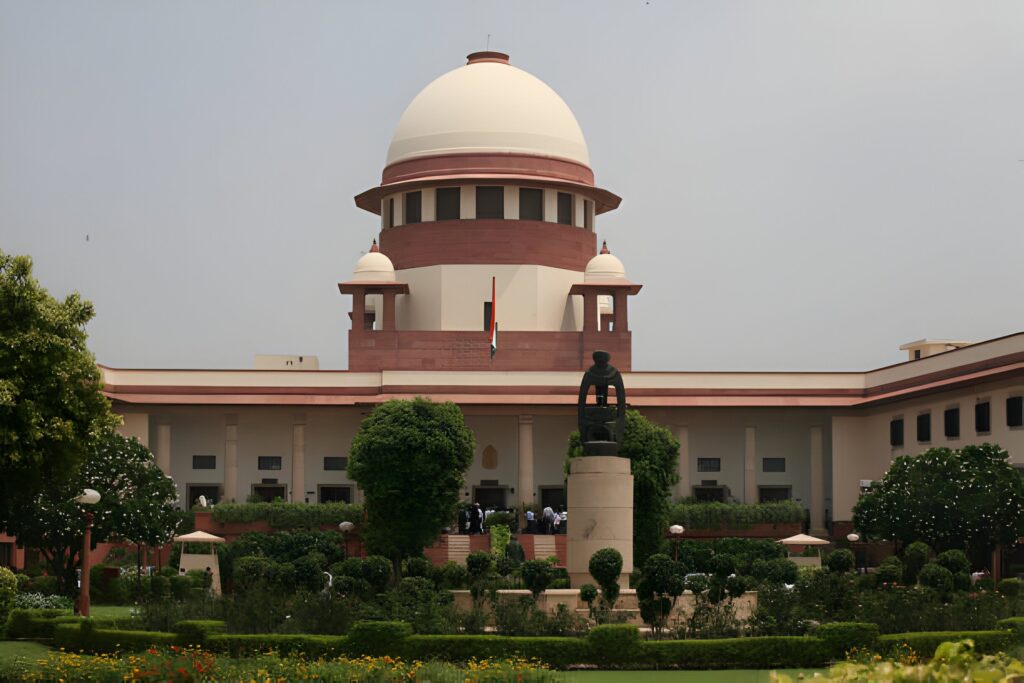
Sital Kalantry: We wrote this book to be accessible to an average person, not just an academic, a lawyer, or a journalist. This is for anyone interested in learning about the court’s functioning, not specific opinions, but the process. How many judges are there? How are they appointed? It should be available in multiple languages in India because not everybody speaks English and Hindi.
We wrote this book to be accessible to an average person, not just an academic, a lawyer, or a journalist. This is for anyone interested in learning about the court’s functioning, not specific opinions, but the process.
– Sital Kalantry
We hope for widespread dissemination. Every law student should read this. It should be part of the core curriculum in law schools because, currently, what law schools might teach is specific cases. That’s what I teach. I teach at an American law school, and we have a casebook for my contract law class. All we are told to teach are these cases. Within those cases in our conversation, I talk about the process and how courts work, but here we’ve laid it down in one book about the modern Supreme Court.
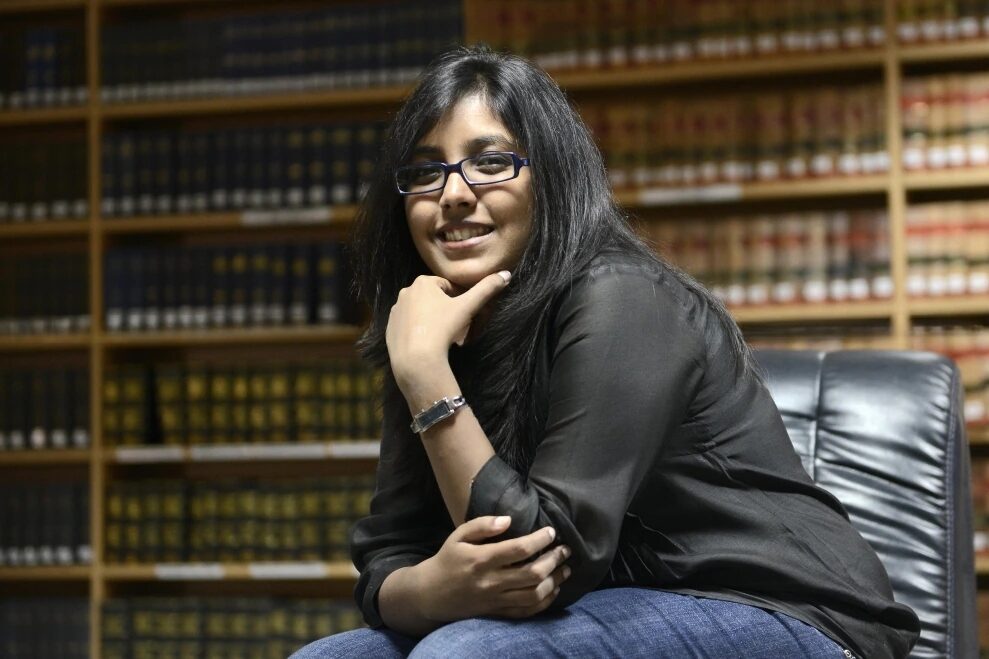
Aparna Chandra: There are vocabularies of democracy available in all languages. Democracy in India would not survive without a passionate attachment to it in the different languages. People might not know what the Constitution says, but they know what democracy means and live that.
Babasaheb Ambedkar said democracy in India is a topsoil of a system that’s inherently undemocratic. In this context, he talks about something called constitutional morality. Unless people believe in these values, the system of democracy will not survive.
Democracy in India would not survive without a passionate attachment to it in the different languages. People might not know what the Constitution says, but they know what democracy means and live that.
– Aparna Chandra
Whatever else may have gone right or wrong with this country, that lay attachment to elections, to the idea that the government should broadly be accountable to the people and that, as citizens, one is a right bearer, exists. In different languages, there is vocabulary about claiming, seeking, accountability, and so on.
Even if it’s not legal language and there is no awareness, the value system underlying many democratic processes is available. Unfortunately, because there’s a mystique around courts, obfuscation around courts, et cetera, it is difficult to parse through what courts are doing. The idea that courts should be accountable is also counterintuitive. Courts are the ones that hold people accountable. What we’re saying is that, well, you’re exercising public power. You’re exercising the most important questions around life and death: what government should be in power, what should not be in power, who gets the money in campaign finance, electoral bonds, and so on; of course, you need to be accountable.
What we’re saying is that, well, you’re exercising public power… of course, you need to be accountable. That same level of deepening of democracy that we’ve seen in our political system should also be something that holds courts to account
– Aparna Chandra
That same level of deepening of democracy that we’ve seen in our political system should also be something that holds courts to account. So, there are conversations about whether it makes sense to translate this book into different languages. Still, we don’t know where that’s going to go. The impulse is there to get the word out so that talking about the court becomes a central part of how we talk about the democratic system because the courts are so important to our democratic system.
Prakruti Maniar: Everyday vocabulary does not differentiate between the judiciary, legislature, and executive. It’s there on paper. It’s there in practice. The Supreme Court often fights against the government on something, but it’s not automatically assumed.
What do you think is the power of such a book? To have many people read it, to bring about that actual change. What would it look like if one of those suggestions is implemented for the better?
Aparna Chandra: When making any policy recommendation, the first thing you have to look at is desirability, and then you look at feasibility. In this book, we’ve set out an ambitious set of desires about the court. Some of it is immediately feasible. It requires essentially the court to have the will. Sital ended our conversation at the panel by saying there’s a need for will from within the institution to change. Some of it is a matter of will. Some of it is a matter of minor rule changes within the court’s control. Some of this requires the Parliament to pass a law.
When making any policy recommendation, the first thing you have to look at is desirability, and then you look at feasibility. In this book, we’ve set out an ambitious set of desires about the court. Some of it is immediately feasible. It requires essentially the court to have the will.
– Aparna Chandra
Some of this requires a constitutional amendment, requiring Parliament to pass a law and half the states to ratify it. So, there are different elements of it. We lay that out so that it becomes part of the conversation. But ultimately, it boils down to a question of will. The last week marked the 75th year of the establishment of the court. In these last 75 years, we’ve seen fundamental changes in how the court views itself and how it is viewed by the public. If the will is there, many of these suggestions can be implemented tomorrow.
Sital Kalantry: People have questioned the book’s title, Court On Trial. We had a launch on Sunday, and Justice Thakur said, “Who is putting the court on trial?” I think it’s the Indian people that should put the court on trial. This book was written in an accessible way so that the Indian people could educate themselves. Democracy can’t function without an educated populace.
And we hope that people either read this book, other books, and other data and inform themselves and ask the question, is the court living up to what it claims to be its core value? If its core values are public interest, constitutional cases, justice for the poor, and standing up to the executive regarding certain cases, is it doing that?
Our goal is not individual cases. Our goal is to say that if you look at this and look at the reforms, the court is overwhelming itself with regular day-to-day appeals. So it has no time. But if it would take these reforms, then it could be more powerful.
– Sital Kalantry
Our goal is not individual cases. Our goal is to say that if you look at this and look at the reforms, it’s overwhelming itself with regular day-to-day appeals. So it has no time. But if it would take these reforms, then it could be more powerful. It could stand up to the government. It could answer those questions that the population needs. To summarize, we hope this starts a critical conversation across India about what we want our court to be.
Prakruti Maniar: Because you mentioned the education of the public, do either of you have recommendations of books that touch upon these aspects or that help one become a better citizen in an easily readable manner?
Aparna Chandra: One that immediately comes to mind is a book called A People’s Constitution by Rohit De. It’s also been translated into various Indian languages. There’s one way to understand the Constitution: the framers wrote the Constitution, the state implemented it, the judges interpreted it, and so forth. What that book questions is how the people made it their own. Why is it that this Constitution stuck? It was an unheard-of experiment at the time when the Constitution was framed. Framers were very concerned about what was to say, and tomorrow, people would say yes, we will govern ourselves according to this Constitution. But it stuck.
A book called A People’s Constitution by Rohit De… It was an unheard-of experiment at the time when the Constitution was framed… This book does this job of saying, how did the people make this Constitution their own?
– Aparna Chandra
And it’s very much an exception in post-colonial societies in that it has broadly stuck. Perhaps coming unstuck at the present moment, but broadly stuck over these 75 years. This book does this job of saying, how did the people make this Constitution their own? And that’s not coming from the top down. That’s coming from a very bottoms-up sense of constitutionalism. I would recommend getting that sense of engagement with the Constitution that the public can have without thinking of themselves necessarily as speaking the language of the law but articulating questions of justice and injustice in constitutional terms. That’s how the Constitution becomes Indian and becomes our own.
Sital Kalantry: Fali Nariman wrote a book called God Save the Hon’ble Supreme Court a while ago. It critiques the court in many ways that are similar to ours.
The suggestions or critiques we have are not necessarily extremely new ones. They’re just data-proven ones. Many of these opinions have been laid out in his book and whispered in the halls of the Supreme Court but haven’t been said in one place. Start with Nariman as a core reading of the critique of the court.
















